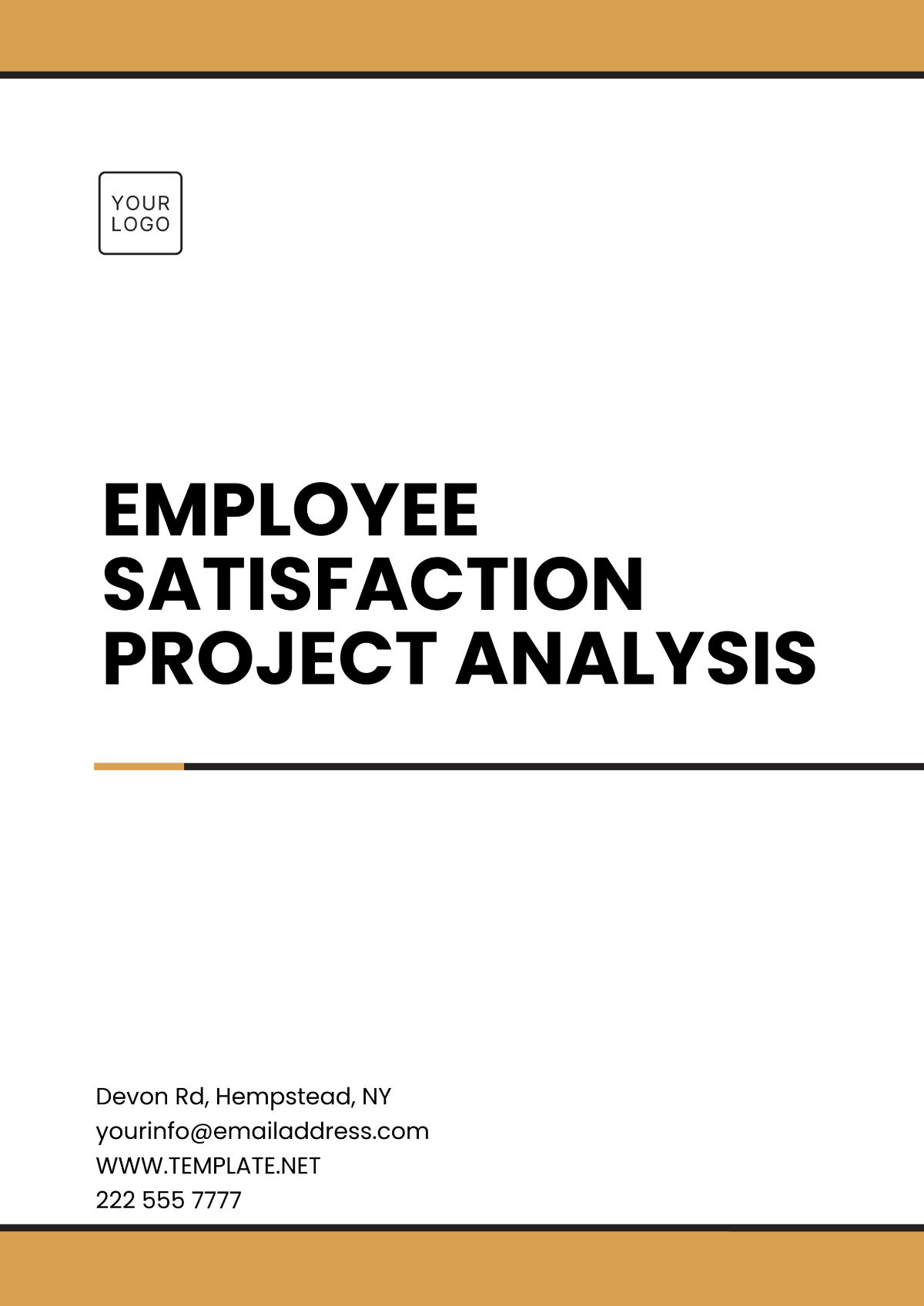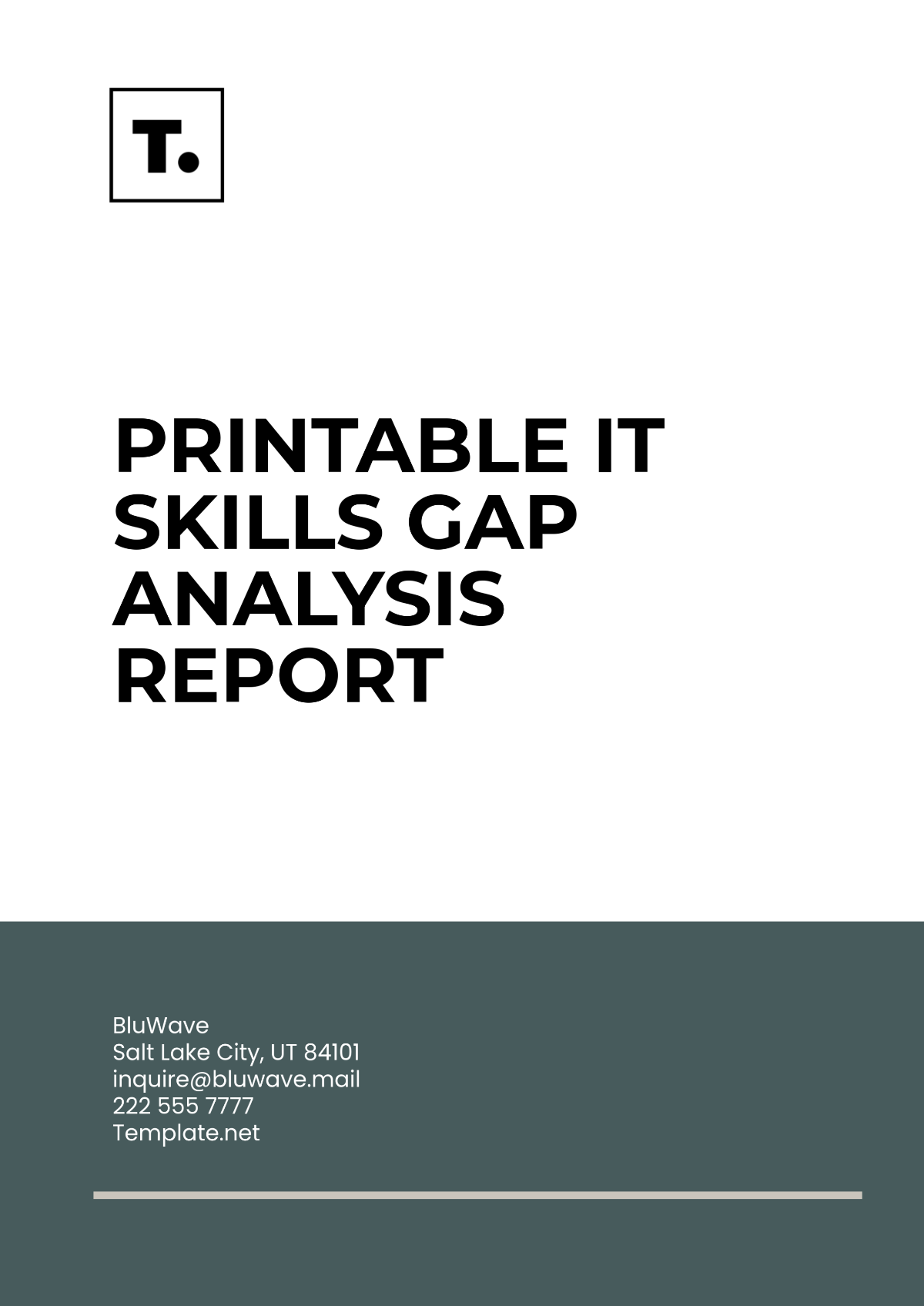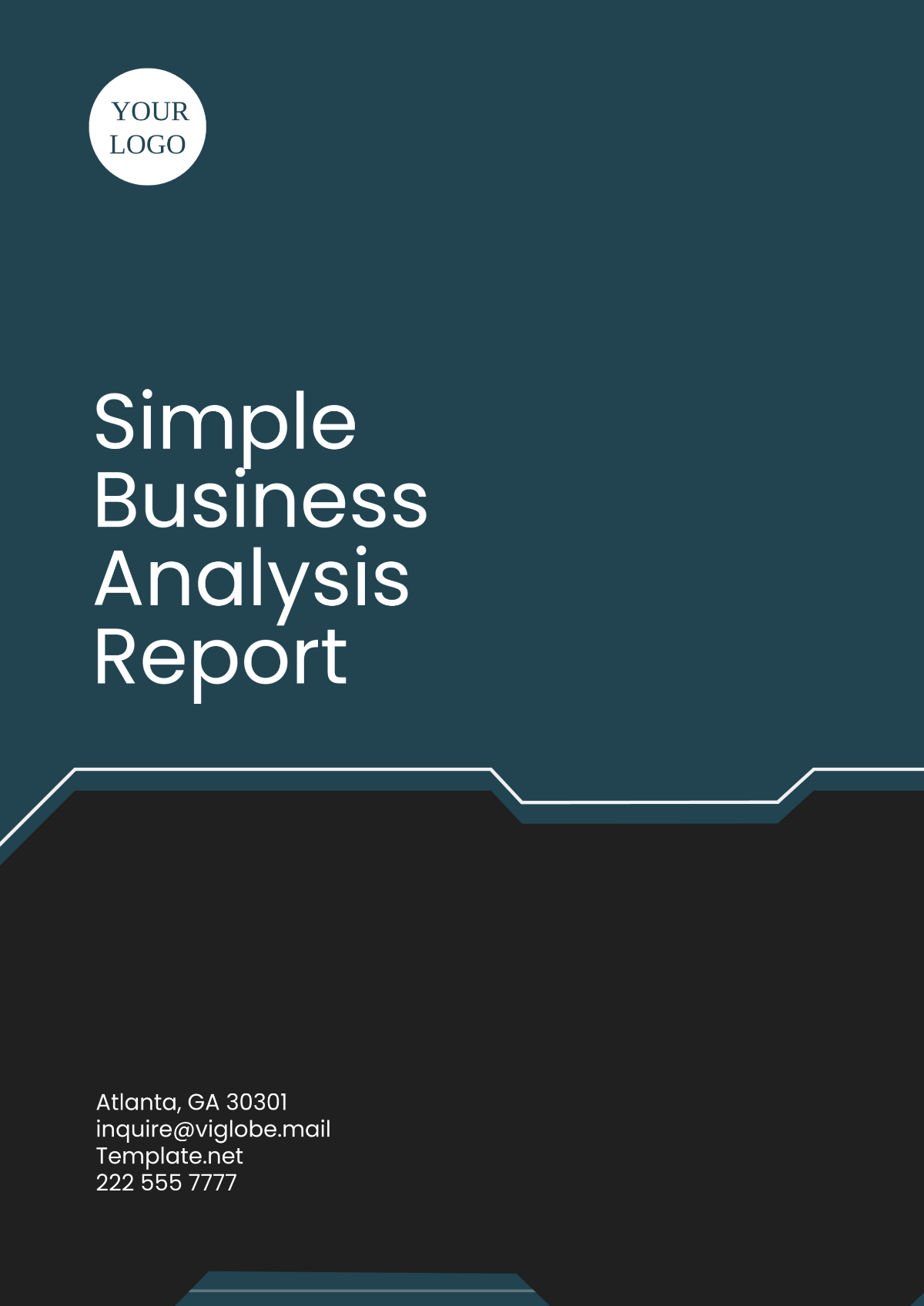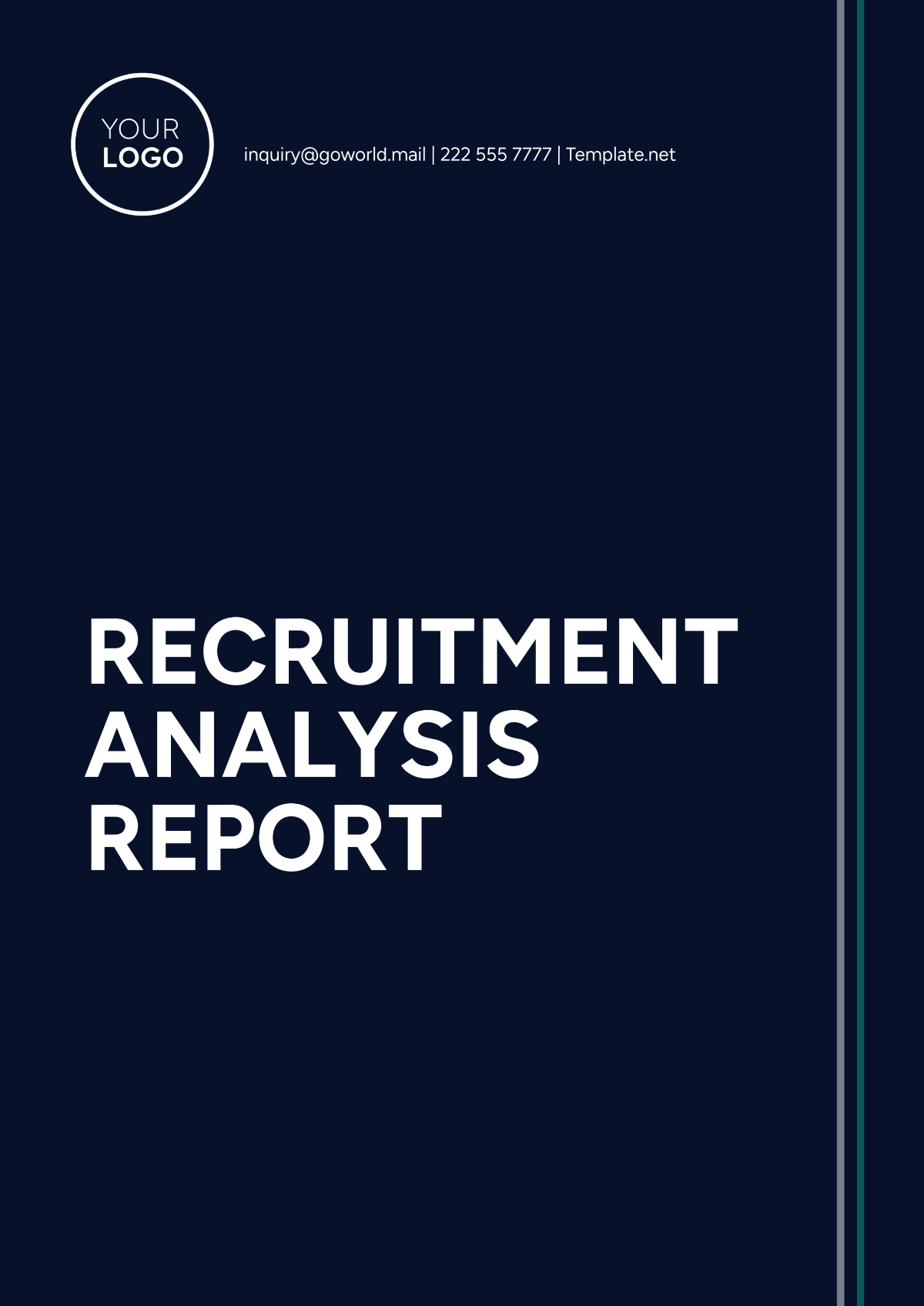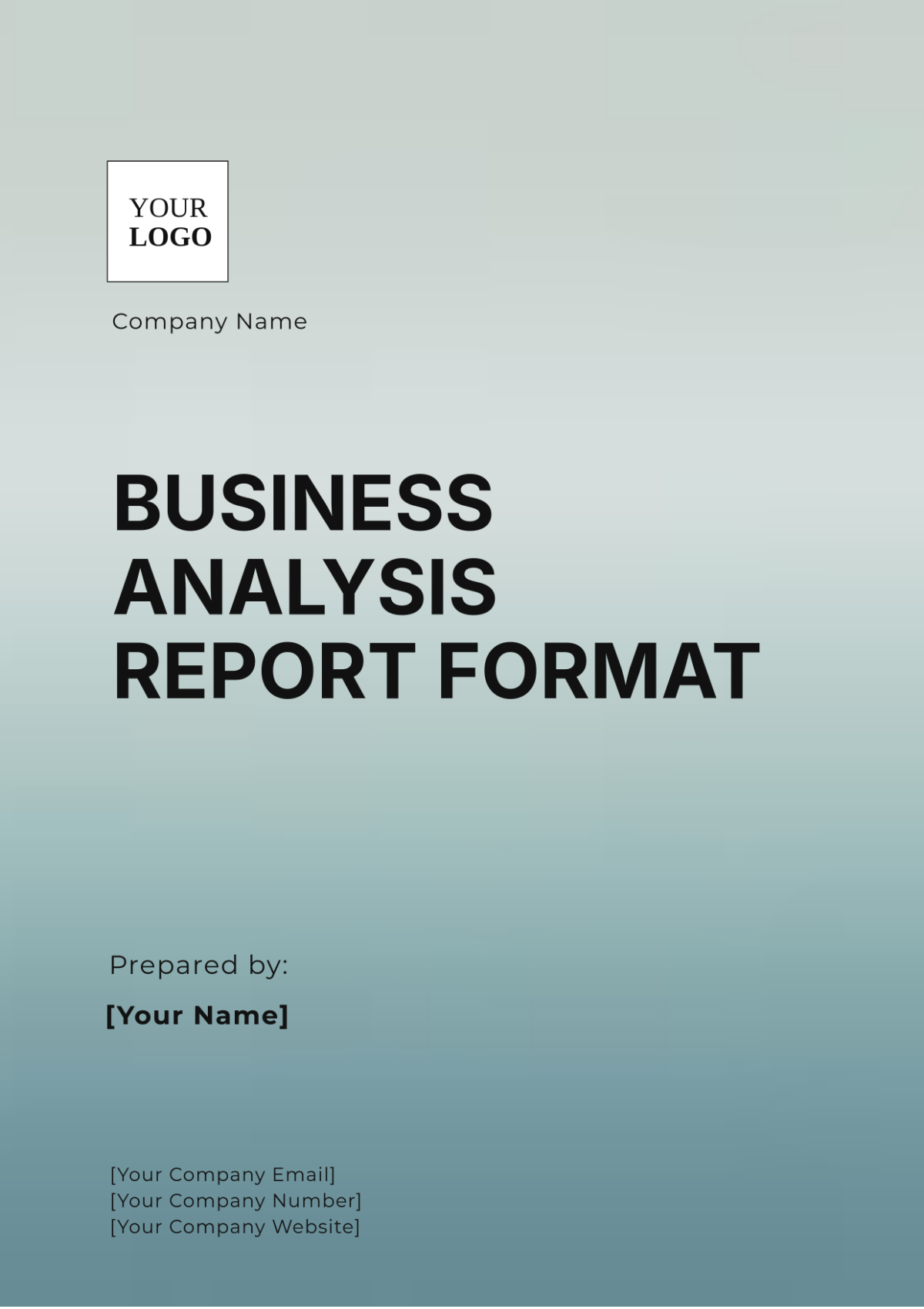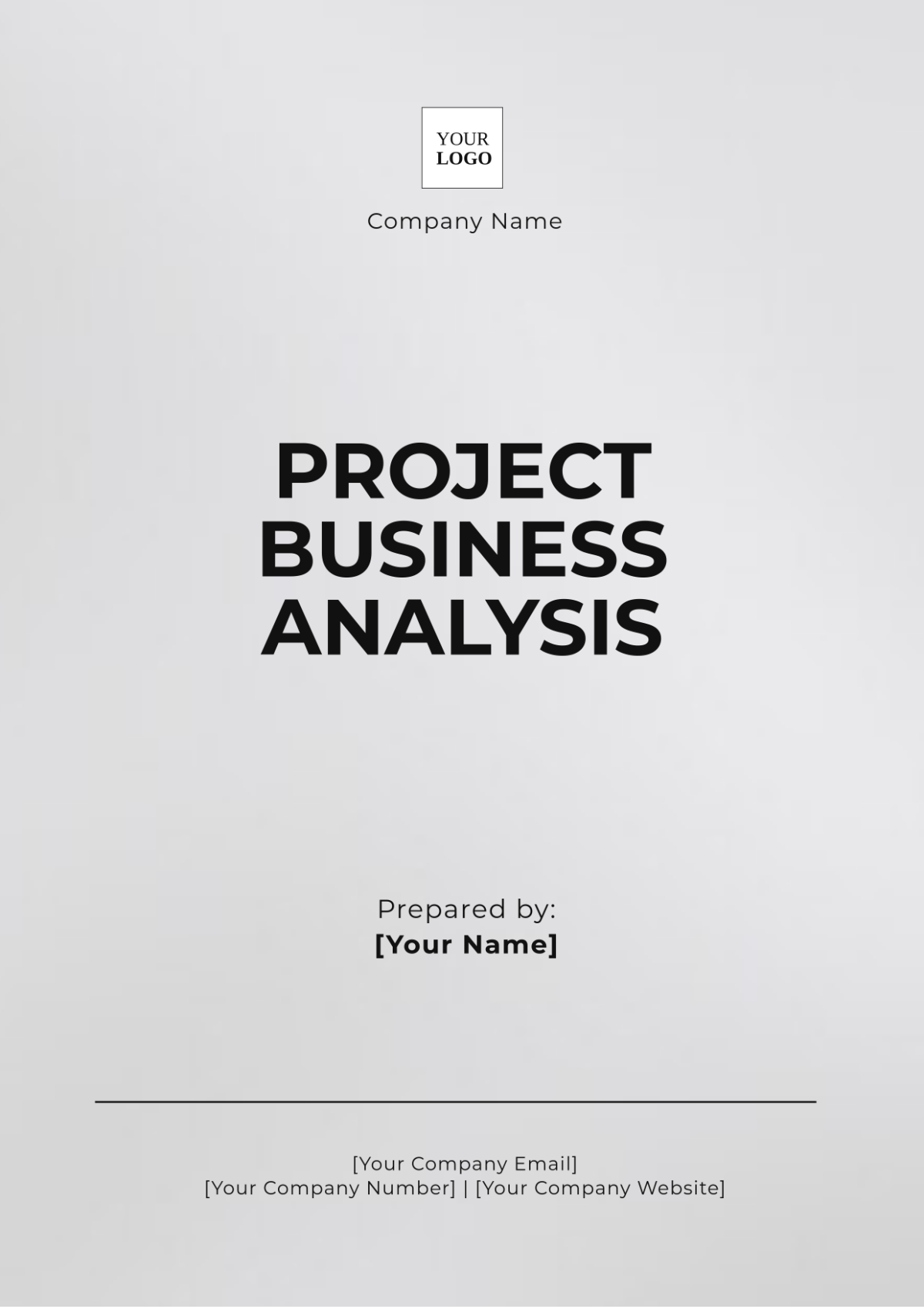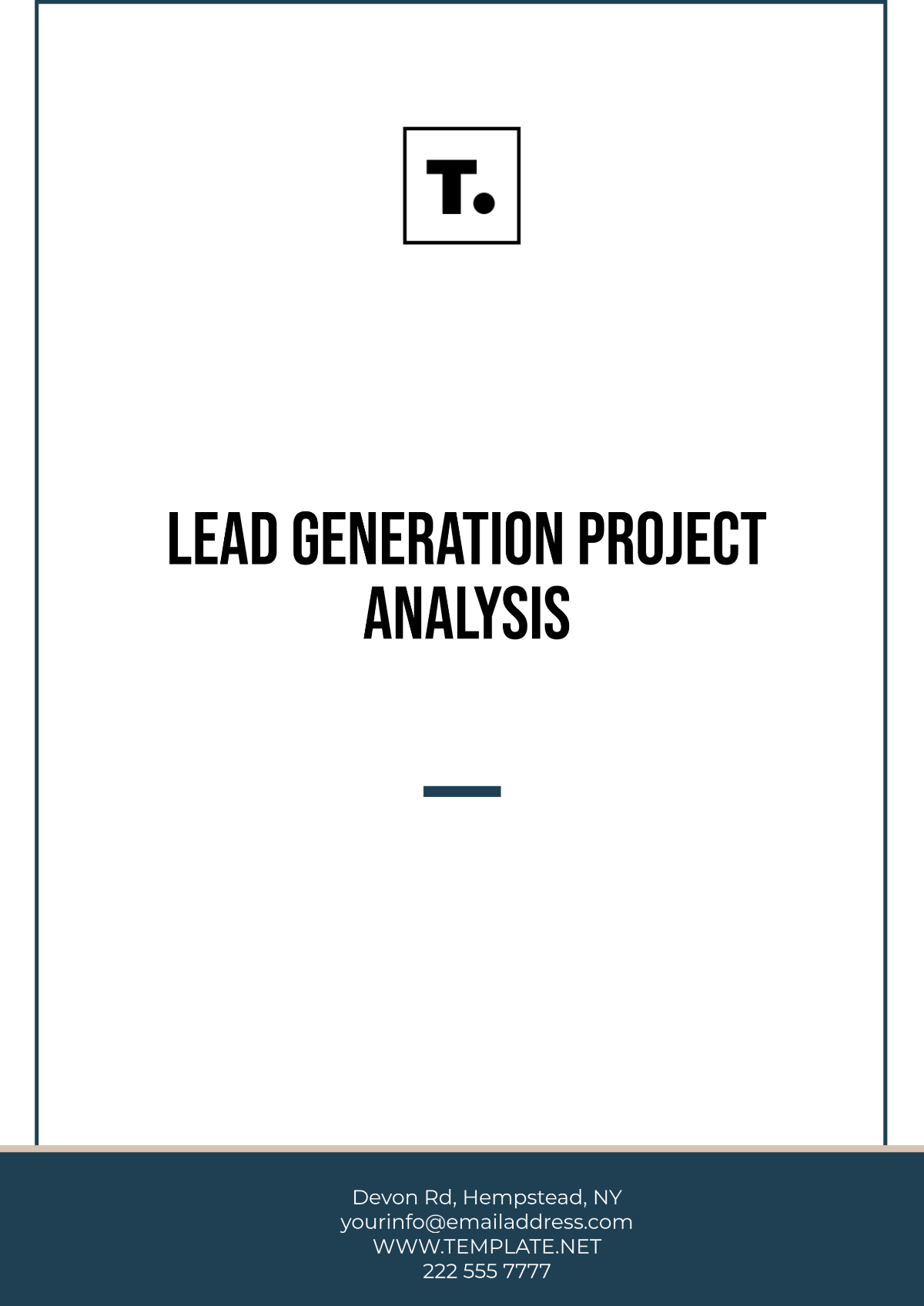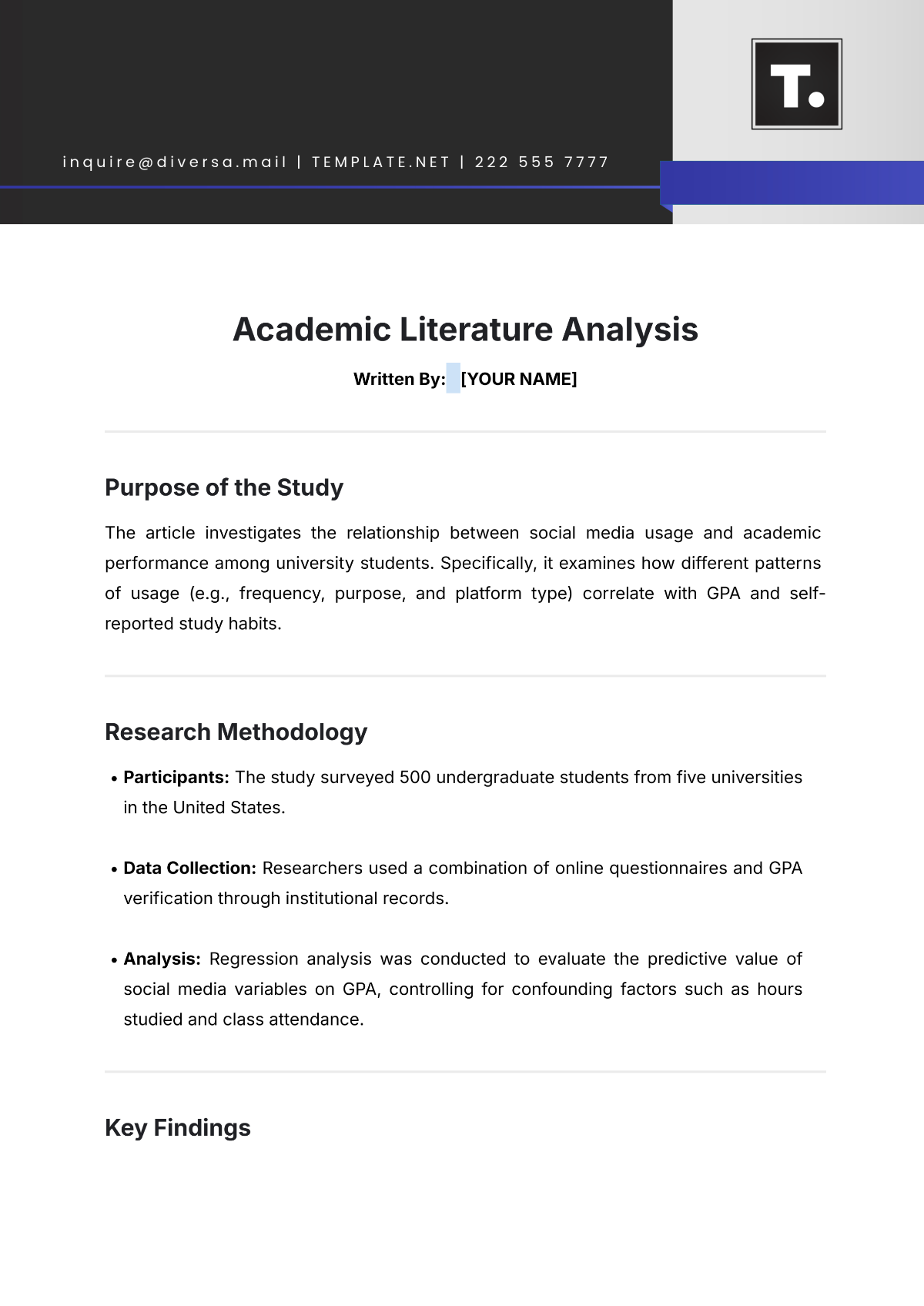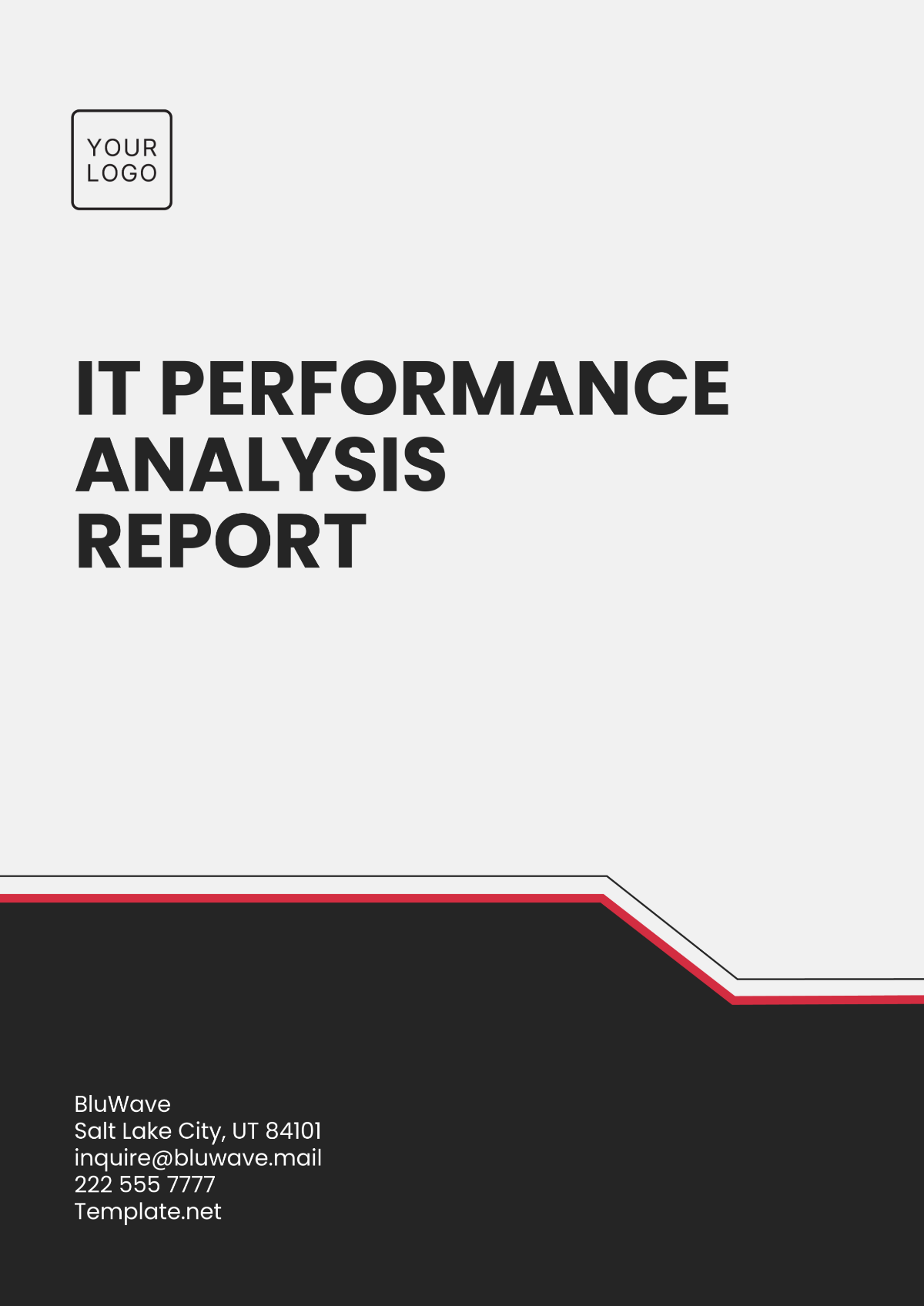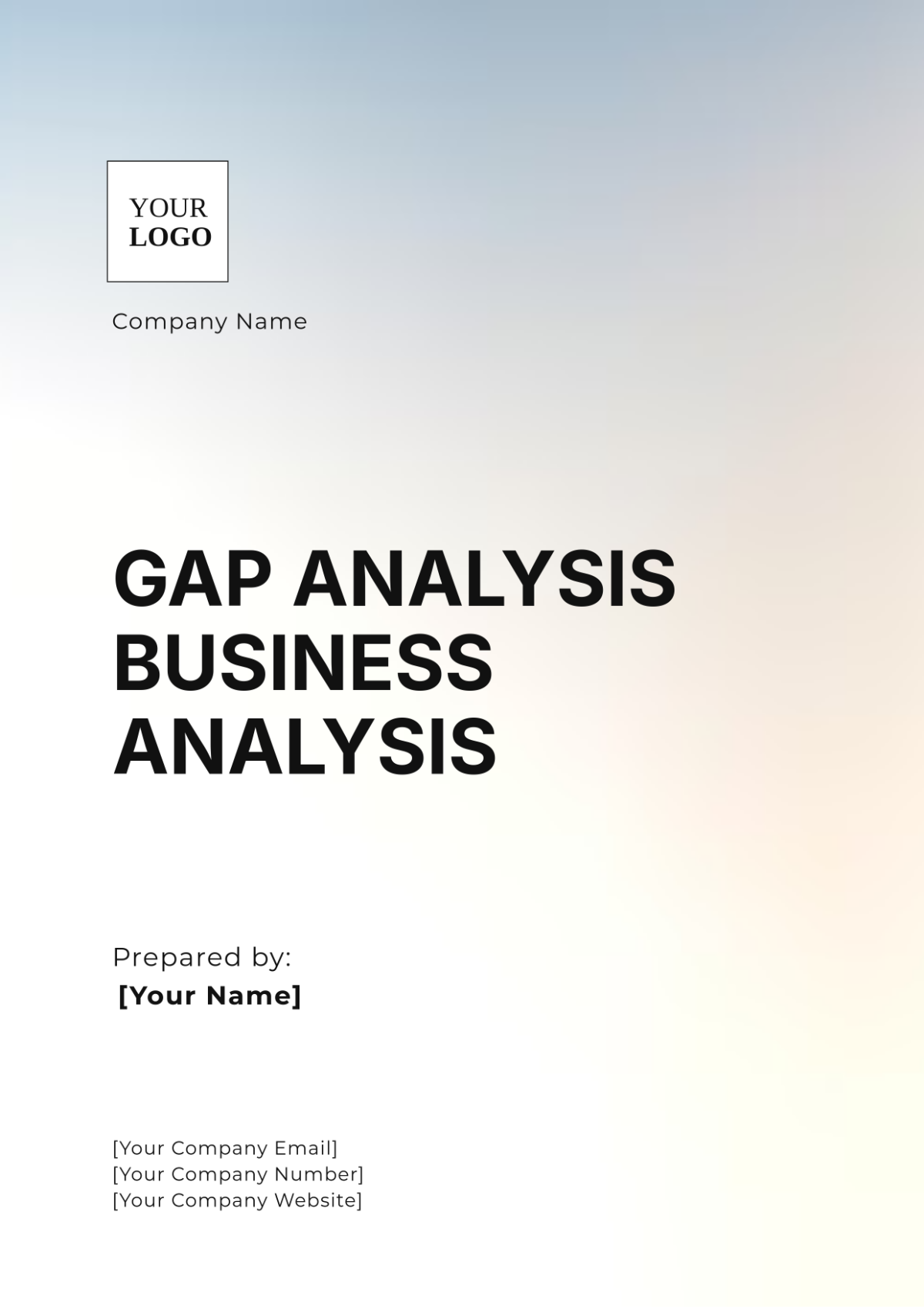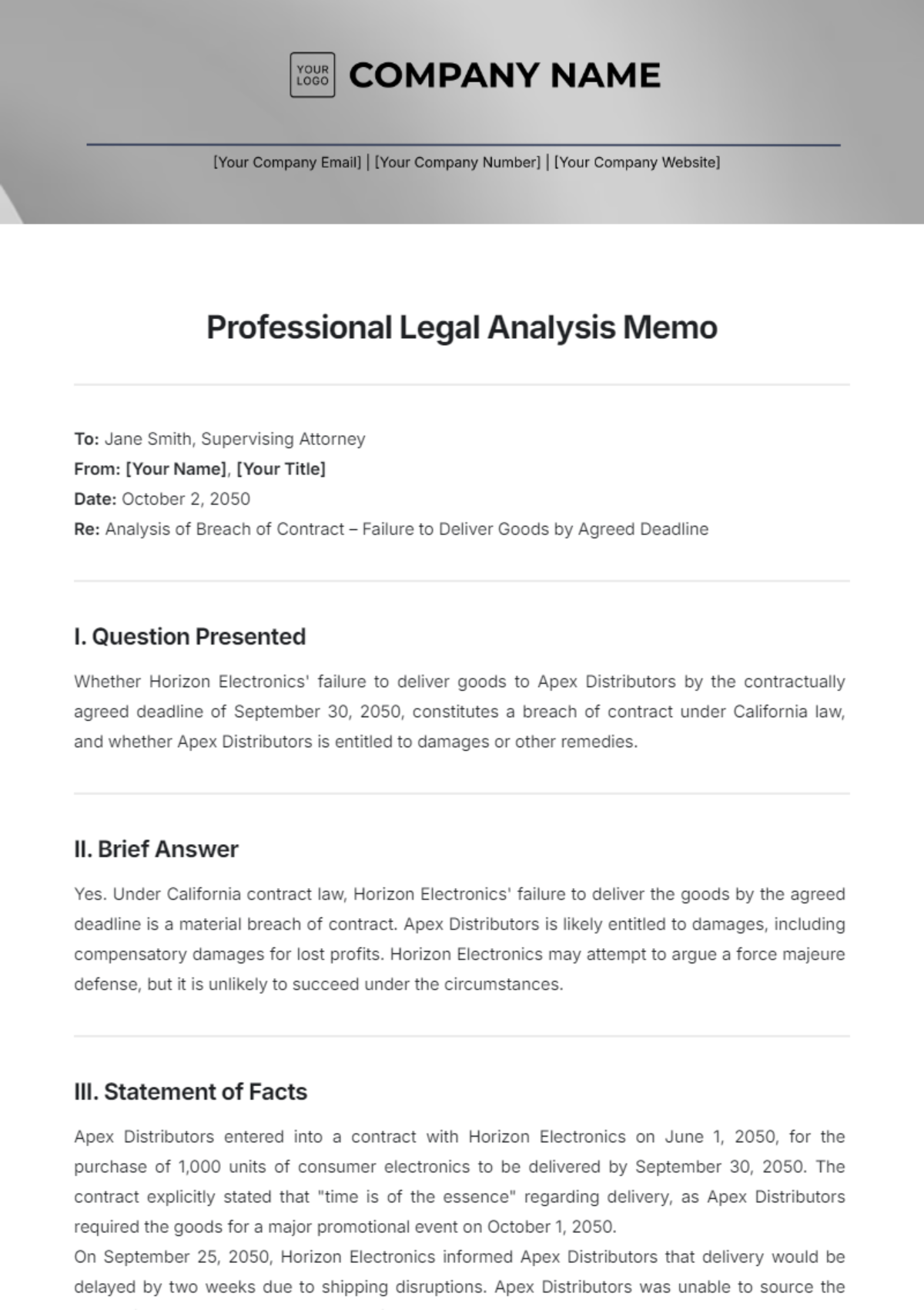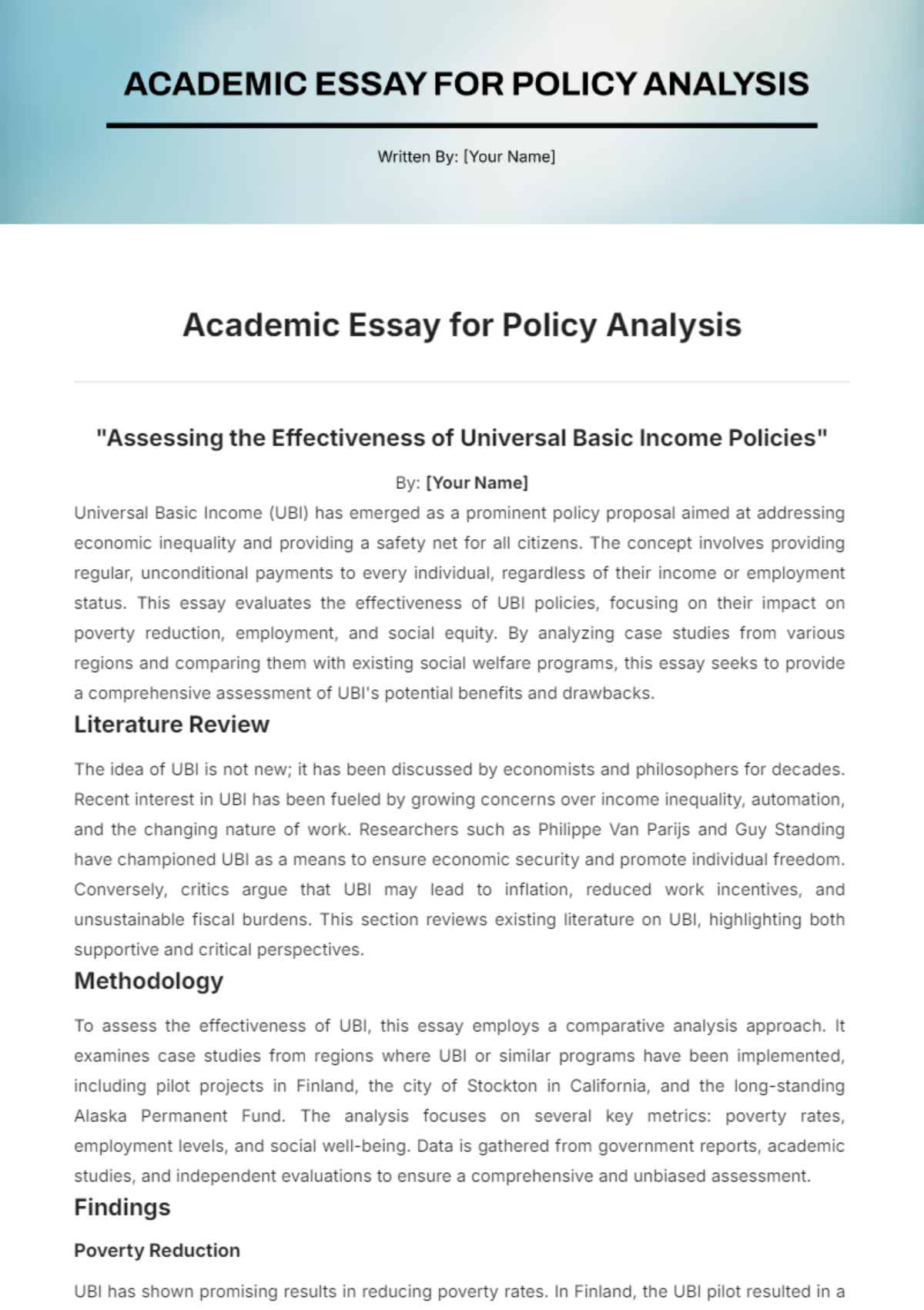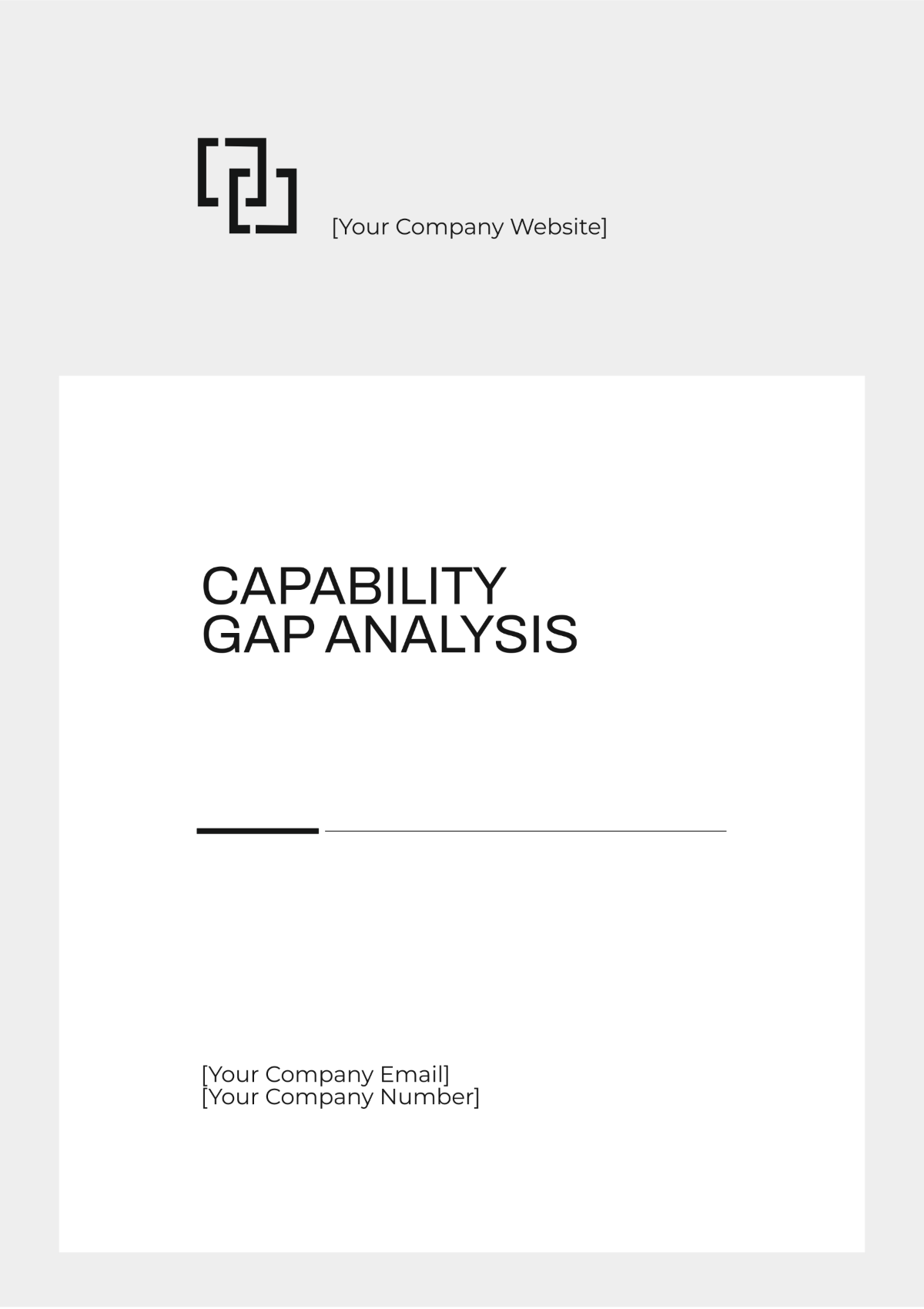Requirement Analysis
Prepared By : | [YOUR NAME] |
Company : | [YOUR COMPANY NAME] |
Department : | [YOUR DEPARTMENT] |
I. Executive Summary
A. Project Background
The project entails the creation and development of a mobile application specifically designed for a retail company. The primary purpose of this application is to augment customer engagement and to provide a more streamlined and efficient shopping experience for users.
B. Project Goals
The fundamental objectives of this project encompass a series of strategic goals designed to enhance overall customer satisfaction, augment the effectiveness of sales conversion rates, and collect insightful and significant data that will be instrumental in devising and implementing targeted marketing strategies.
C. Stakeholders
Stakeholder Role | Name |
|---|---|
Project Sponsor: | Jane Smith |
Project Manager: | John Doe |
Development Team: | UI/UX Designers, |
Marketing Team: | Campaign Managers, |
Customers: | End-users |
Retail Store Managers: | [Insert Names] |
II. Project Scope
The project scope includes the development and launch of a mobile application for the retail company. This involves creating both Android and iOS versions of the app, integrating with existing backend systems for product catalog and user authentication, and implementing key features such as product search, shopping cart functionality, user profiles, and push notifications.
A. Deliverables
Fully functional Android and iOS apps: Develop bug-free, responsive mobile apps with seamless user experiences on both platforms.
Backend integration for live product updates. Link the application to various databases to ensure that the product information provided is both accurate and consistently updated.
User authentication and profile management: Implement secure login/signup processes and enable users to manage profiles and preferences.
Secure your shopping cart and checkout. This allows users to add items, review selections, and complete purchases securely within the app.
B. Exclusions
Physical hardware development: Exclude developing hardware such as Point-of-Sale (POS) systems or beacon technology as part of this project.
Deep integration with third-party payment gateways: Limit payment gateway integration to basic checkout functionality without extensive customizations.
Extensive backend system modifications: Avoid major backend system changes not directly related to app integration to stay within project boundaries.
Marketing campaigns and user acquisition strategies: Exclude planning or executing marketing campaigns beyond integrating app features.
III. Requirements Collection
A. Interviews with Stakeholders
Conduct one-on-one or group interviews with key stakeholders such as the project sponsor, project manager, development team members, marketing team representatives, and retail store managers. Use structured interview guides to gather insights into their expectations, priorities, and requirements for the mobile application.
B. Surveys and Questionnaires
Distribute surveys or questionnaires to a broader audience, including potential app users (customers). Use targeted questions to gather feedback on desired features, user experience preferences, pain points in current shopping experiences, and suggestions for improvement. Analyze survey responses to identify common themes and priorities.
C. Document Analysis
Analyze existing documents including project briefs, business requirements, market research, and industry standards to extract app functionality, user interface design, data security, and regulatory compliance requirements. Complement these findings with insights from interviews and surveys through document analysis for thorough requirement coverage.
IV. Requirement Analysis
A. Functional Requirements
Capability Needs: Identify and analyze the specific capabilities the mobile application must have to meet stakeholder expectations and user needs. This includes features such as product search, user authentication, shopping cart management, order tracking, and payment processing.
Expected User Interactions: Define and analyze the expected interactions between users and the mobile application. Consider user journeys, workflows, navigation paths, and touchpoints to ensure a seamless and intuitive user experience.
B. Non-Functional Requirements
Performance Metrics: Define and analyze performance metrics such as app response time, loading speed, and server uptime requirements. Evaluate scalability needs to accommodate potential increases in user traffic.
Security Measures: Identify and analyze security requirements such as data encryption, secure authentication mechanisms, role-based access controls, and compliance with relevant data protection regulations (GDPR, CCPA).
Usability Standards: Define and analyze usability standards and guidelines for the app's user interface (UI) and user experience (UX). Consider factors such as accessibility, responsiveness across devices, intuitive navigation, and adherence to industry best practices.
V. Stakeholder Review
A. Preparation of Review Material
Compile and organize the documented requirements, including functional and non-functional requirements, into a clear and concise format.
Create visual aids such as diagrams, prototypes, or mockups to help stakeholders better understand how requirements translate into application features and functionalities.
B. Scheduling of Review Sessions
Stakeholder Group | Duration | Purpose |
|---|---|---|
Project Sponsor | 2 hours | Review high-level project objectives and alignment with business goals. |
Development Team | 4 hours | Review technical feasibility, architecture, and implementation approach. |
Marketing Team | 3 hours | Review marketing-related requirements, data integration needs, and analytics requirements. |
Retail Store Managers | 2 hours | Review in-store integration requirements, promotions, and user training needs. |
C. Incorporation of Feedback
Facilitate structured discussions during review sessions to gather feedback on each requirement set.
Document all feedback, suggestions, and comments provided by stakeholders during the review process.
Analyze the feedback collected and prioritize changes or additions based on stakeholder input and project goals.
Update the requirements documentation accordingly, clearly indicating revisions and rationale for changes made.
VI. Approval and Sign-off
A. Document Finalization
Ensure all feedback and suggestions from stakeholders have been incorporated into the requirements documentation.
Conduct a final review to verify consistency, completeness, and alignment with project objectives.
B. Sign-off Procedure:
Distribute the finalized requirements document to key stakeholders for review and approval.
Schedule a formal sign-off meeting or email approval process with stakeholders to acknowledge their acceptance of the documented requirements.
Obtain signatures or formal acknowledgment from authorized stakeholders, including the project sponsor, project manager, and relevant department heads.
C. Revision Handling:
Establish a process for handling future revisions or updates to the requirements document.
Document revision history, including changes made, dates, and reasons for revisions.
Implement change control procedures to ensure any revisions undergo appropriate review and approval before implementation.
VII. Appendices and Supporting Documents
Glossary of Terms: Include definitions and explanations of technical terms, acronyms, and industry-specific terminology used in the requirements document to ensure clarity and understanding.
Supporting Documents: Attach any additional supporting materials such as design mockups, wireframes, use case diagrams, or process flows that provide further context to the requirements.
Reference Materials: Include references to relevant industry standards, regulatory guidelines, and external resources used during the requirements gathering and analysis process.















